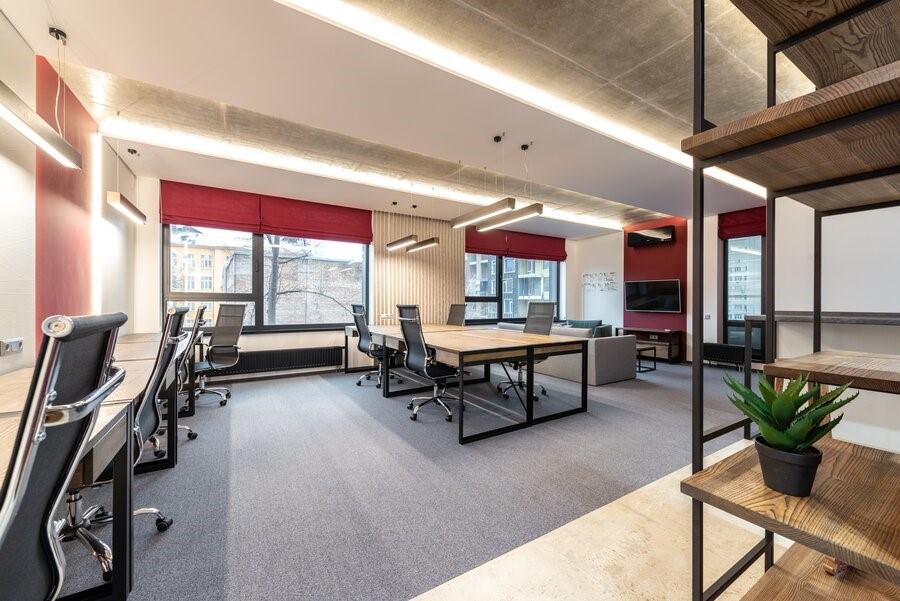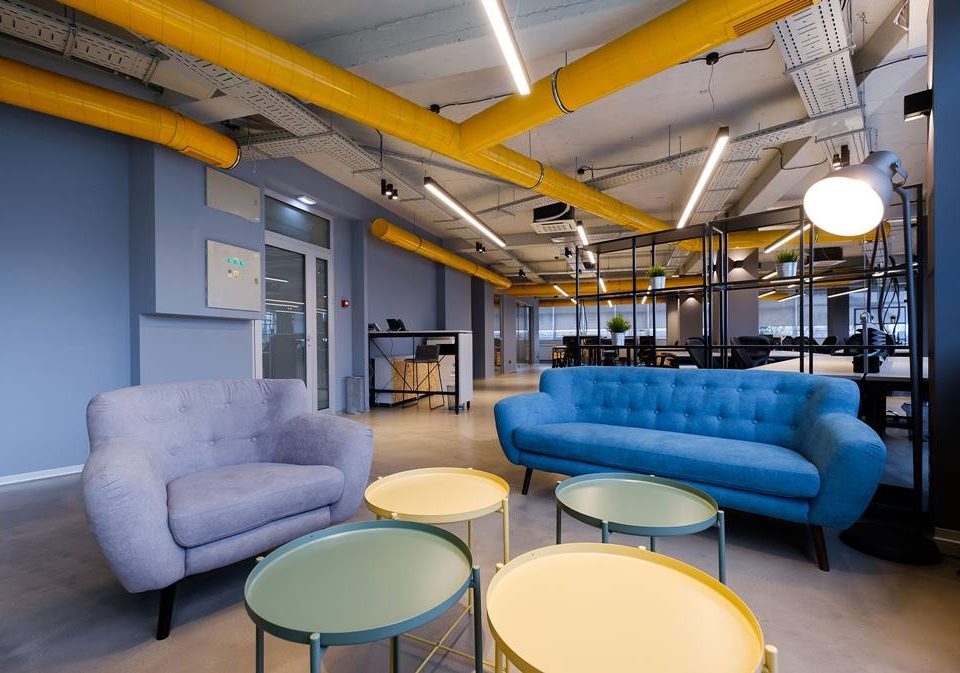A workplace influences employees continuously. So does the type of office.
According to research carried out by the Chartered Association of Building Engineers (CABE), it determines 24% of people’s job satisfaction. Therefore, providing employees with comfortable conditions for performing everyday duties seems to be crucial.
Let’s start with matching the office type to the needs of a particular organization. We invite you to familiarise yourself with our analysis, in which we present both the advantages and disadvantages of various space arrangements.
Does a cellular office consist of dark rooms? Is an open space a noisy hall equipped with countless desks arranged in rows? Does a flexible office lack workstations for all employees? Is an Activity Based Workplace good for everyone? Not necessarily!
Office types
Because of the different space arrangements, each of the four office types creates a work environment that supports different work styles. In this article we will present two of those.
Cellular Office
A cellular office consists of closed, shared rooms designed for working and managerial offices located along the corridors. This arrangement usually offers a large number of storage places (cabinets or open shelves).
By definition, a cellular office is equipped with a few huge rooms dedicated to formal meetings and a social zone (a canteen).
Positive sides:
+ it facilitates the concentration process
+ it ensures confidentiality and privacy
+ it offers space for organising formal and official meetings
+ it allows for personalising the office space
Negative sides:
– it isolates teams from each other
– it hinders free communication and the exchange of knowledge
– it lacks the possibility to share office devices – every room is usually equipped with its own printers, fax machines, etc.
– it makes it difficult to manage teams and monitor their work
Open Space Office
An open space is based on the concept of a huge space equipped with rows of desks. There are fewer storage places compared to the cellular office.
Usually, there are meeting rooms with mobile walls that can be quickly rearranged. In this arrangement, we recommend implementing at least a few places designed for holding spontaneous meetings (soft seating) – these spaces allow employees to discuss current issues without needing to book a room, and they help section off desk rows.
Positive sides:
+ efficient flow of information and knowledge
+ possibility to hold quick consultations between employees
+ no problems providing feedback
+ space and office devices are shared by employees from different teams = greater integration
+ possibility to rearrange the office space and adjust it to the company’s development
Negative sides:
– high level of noise
– lack of comfortable conditions for performing quiet and concentrated work
– lack of privacy and work or document confidentiality
– lack of comfortable conditions for holding phone conversations
 How much does it cost?
How much does it cost?
Nowadays, when every square meter is precious, it is worth taking into account economic aspects as well as the work supporting elements when choosing an office type. Because of their unique space arrangements, each of the office types presented occupies a different area and can include a varying number of desks.
The table shows a comparison between the number of employees and the number of desks in each of the four office types in a sample area of 913 m2.
As the table shows, a cellular office can accommodate a significantly smaller number of employees than an open space, due to its closed space arrangement. However, taking the same aspect into consideration, the difference between an open space and a zonal office is not so significant. When choosing a zonal office, companies “lose” a place only for four employees, while gaining access to various zones that support employees in performing their everyday duties. The qualitative difference is significant to the employees.










